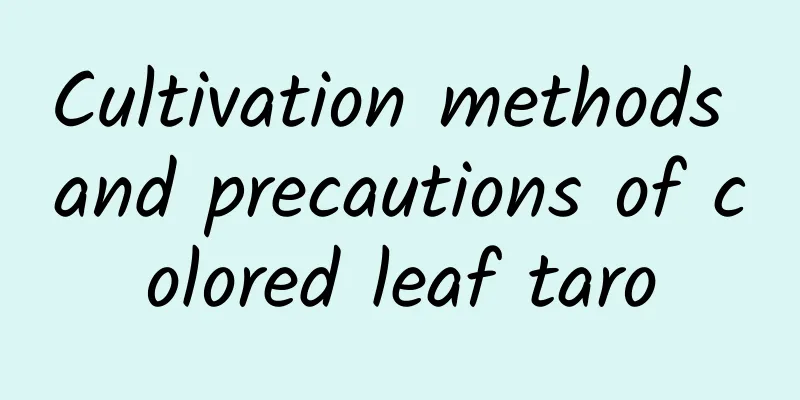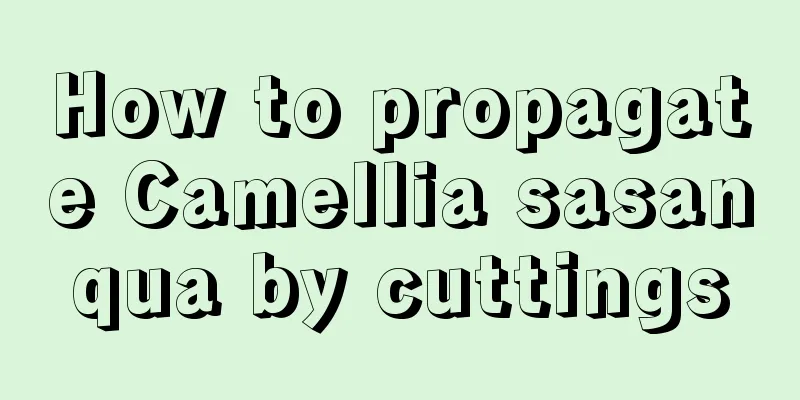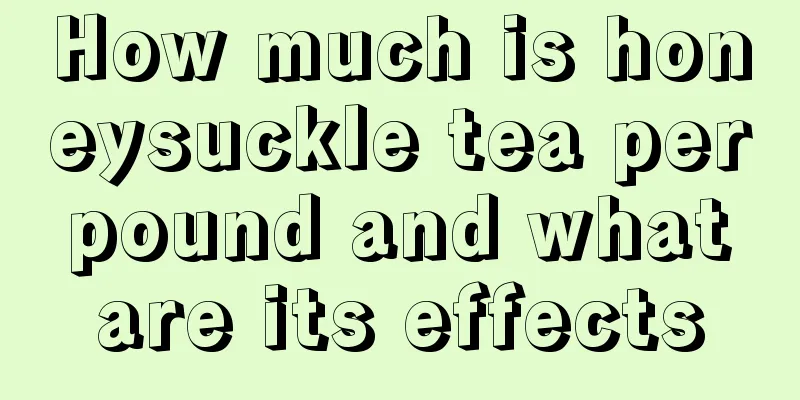Cultivation methods and precautions of colored leaf taro

|
Colored taro is very easy to grow. May to September is the vigorous growth period of colored taro, which is also the main viewing period. The colorful colors of the leaves are full of coolness. The leaves gradually become messy in autumn, and the leaves turn yellow in winter, entering a dormant period. They begin to sprout and grow again in late spring and early summer. It is relatively shade-tolerant and can be grown anywhere in the house as long as it is not placed in a place that is exposed to the sun. It is full of Nordic style. How to cultivate colorful taroThe colorful taro is called colorful taro because of its brightly colored leaves. It is native to the tropical regions of South America and is a perennial herb of the Araceae family. It likes sunlight but is afraid of too strong light, so special attention should be paid to indoor cultivation and placement. Colorful taro particularly likes moisture, and a large amount of water during the growth period will make it grow rapidly. Add an appropriate amount of thin fertilizer and you can get twice the result with half the effort. 1. Placement: Colored caladium has a certain sun-tropism, but because it is sensitive to sunlight, too strong light will make its leaves wilt, and even get sunburned, producing black spots. When there is insufficient light, the plant's growth will be disordered, the production of florigen will be inhibited, and the flower buds will fall off. 2. Watering time: Colored caladium prefers a relatively humid living environment, especially during the growing season. Plenty of water can make it grow healthier. In spring, you can water it once a day to ensure that the soil in the pot is moist. In summer, the weather is hot and the water evaporates quickly, so you can water it once in the morning and once in the evening. In autumn, the temperature has gradually dropped, and the colored caladium is in the early stage of dormancy. 3. Fertilization period: Colored caladium has a certain demand for fertilizer during its growth period, but it does not like thick fertilizer. Therefore, fertilizer should be applied every 15 days or so during its growth period, and the nitrogen fertilizer content in the fertilizer solution should be lower to avoid leaf discoloration. Matters Needing Attention in the Maintenance of Colored CaladiumThe biggest disadvantage of Caladium is that it is afraid of cold. It should be noted that it will basically stop growing when the temperature drops below 18 degrees. If the temperature drops below 10 degrees, it will be frostbitten. After it stops growing in late autumn, the leaves will gradually wither and turn yellow, especially in winter, when it basically withers. In winter, it should be moved to a warm room in time and the temperature should be maintained above 18 degrees. |
<<: Where do watermelons grow?
>>: What fertilizer should be used to make sugarcane grow fast and sweet?
Recommend
Just one branch can be planted in a pot and it will survive. It will produce big and sweet fruits next year!
Let me share it with you today. Many people think...
What to do if succulent ruby turns into water
First step observation When faced with a succulen...
What to do if the plant grows too tall?
Causes of Lean Growth Insufficient light Some flo...
How to grow aloe vera, pictures of aloe vera
1. Plenty of sunlight Aloe vera must have suffici...
How to care for and manage yew?
Yew is a relatively precious plant and is also re...
How to propagate rueba
Seed propagation of rue The sowing of rue is gene...
Magical rooting water. After using it, any branch you pinch will take root, or even burst out of the pot!
1 rice vinegar Studies have shown that in additio...
How to trim lisianthus for flower arrangement
Materials 1 bunch of green eustoma, 1/2 bunch of ...
Method for making corn straw silage (technical points of corn silage)
Green fodder is rich in nutrition, good in palata...
How to grow Anthurium
1. Breeding environment (1) Temperature: It prefe...
How to take care of newly bought lilies
1. How to deal with the lilies you just bought Af...
Use an iron pot to grow succulents, a teapot to grow flowers...all the rubbish at home can be turned into flower pots!
Iron pot flower planting Don’t leave your old iro...
Does Sansevieria remove formaldehyde?
1. Can remove formaldehyde Tiger Piranha can abso...
Sprinkle some cornmeal in the pot, the flowers will grow faster after eating it, it is more effective than 10 bottles of nutrient solution!
Watering flowers with cornmeal and make them bloo...
How to prune keel flowers
When to prune keel flowers Dragon bone flowers ca...









